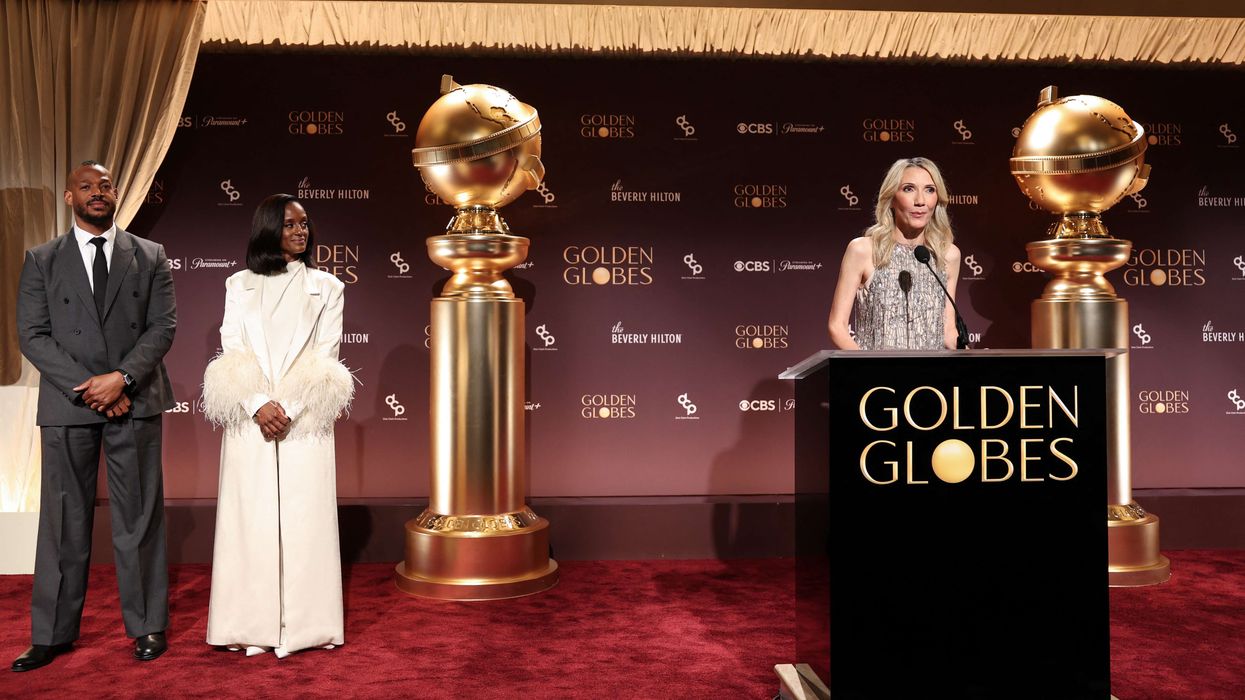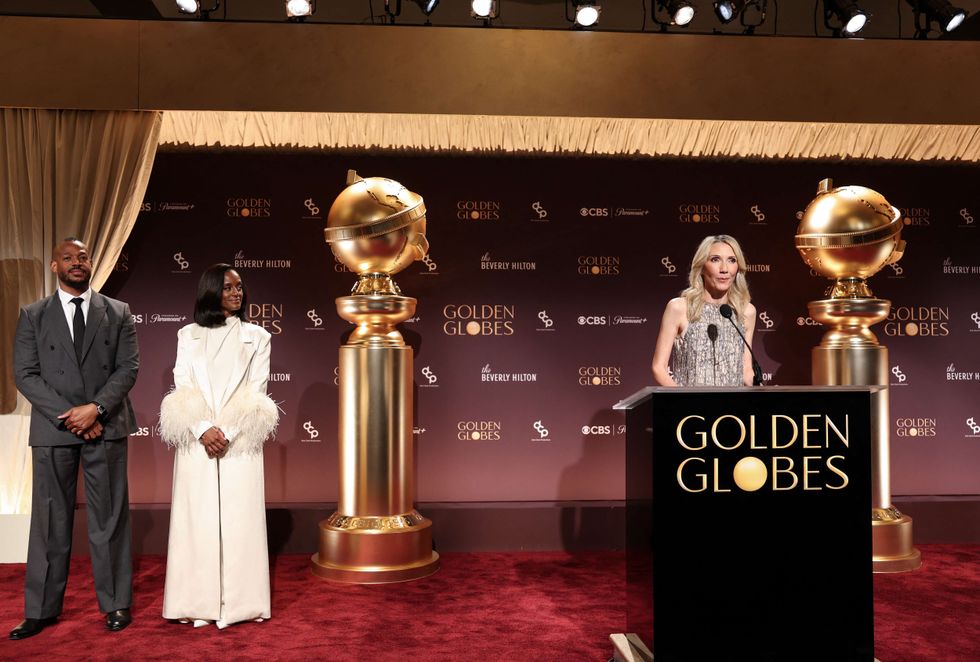A group of three high-ranking Twitter officials who were fired by Elon Musk after he assumed control of the social media platform last year have taken legal action.
They filed a lawsuit on Monday (10) requesting compensation for expenses related to litigation, investigations, and congressional inquiries linked to their former roles.
Former CEO, Parag Agrawal, and the former chief legal and financial officers are seeking a combined amount of over $1 million, contending that Twitter has a legal obligation to pay them.
Twitter responded to an AFP request for comment with a poop emoji, as has become its practice.
The court filing outlined numerous expenses related to inquiries by the US Securities and Exchange Commission (SEC) and the Department of Justice (DOJ), but does not include details on the nature of the investigations or whether they are still ongoing.
Agrawal and then-chief financial officer Ned Segal provided testimony to the SEC last year and "have continued to engage with federal authorities," according to court documents.
The SEC is investigating whether Musk complied with securities rules when he amassed Twitter shares.
Former Twitter chief legal officer Vijaya Gadde was called on to take part in a US congressional hearing about big tech and free speech following Musk's release late last year of so-called "Twitter Files" related to the site's content moderation.
Gadde was also named as a defendant in a lawsuit by a man who claimed he was "doxed" at Twitter as a white supremacist, the filing said.
Musked terminated Agrawal, Gadde and Segal from their posts in late October after closing his contentious $44 billion takeover of Twitter.
The three former executives argue that Twitter is bound by agreements to reimburse them, but has done no more than acknowledge it received their invoices.
After taking over Twitter, Musk quickly slashed the ranks of employees, with the cuts so broad it raised concerns about the platform's stability and its ability to fight misinformation and other abuse.
Complaints have also been filed accusing Twitter of not paying rent or other bills as Musk follows on a vow to "cut costs like crazy."
Meanwhile, market trackers say advertising revenue has plunged at Twitter due to concerns over misinformation and hateful content flourishing as Musk dials back moderation efforts.
(AFP)







 Marlon Wayans and Skye P. Marshall unveil full 2026 Golden Globes shortlist Getty Images
Marlon Wayans and Skye P. Marshall unveil full 2026 Golden Globes shortlist Getty Images  Best Podcast Category Instagram Story Screengrab/
Best Podcast Category Instagram Story Screengrab/





